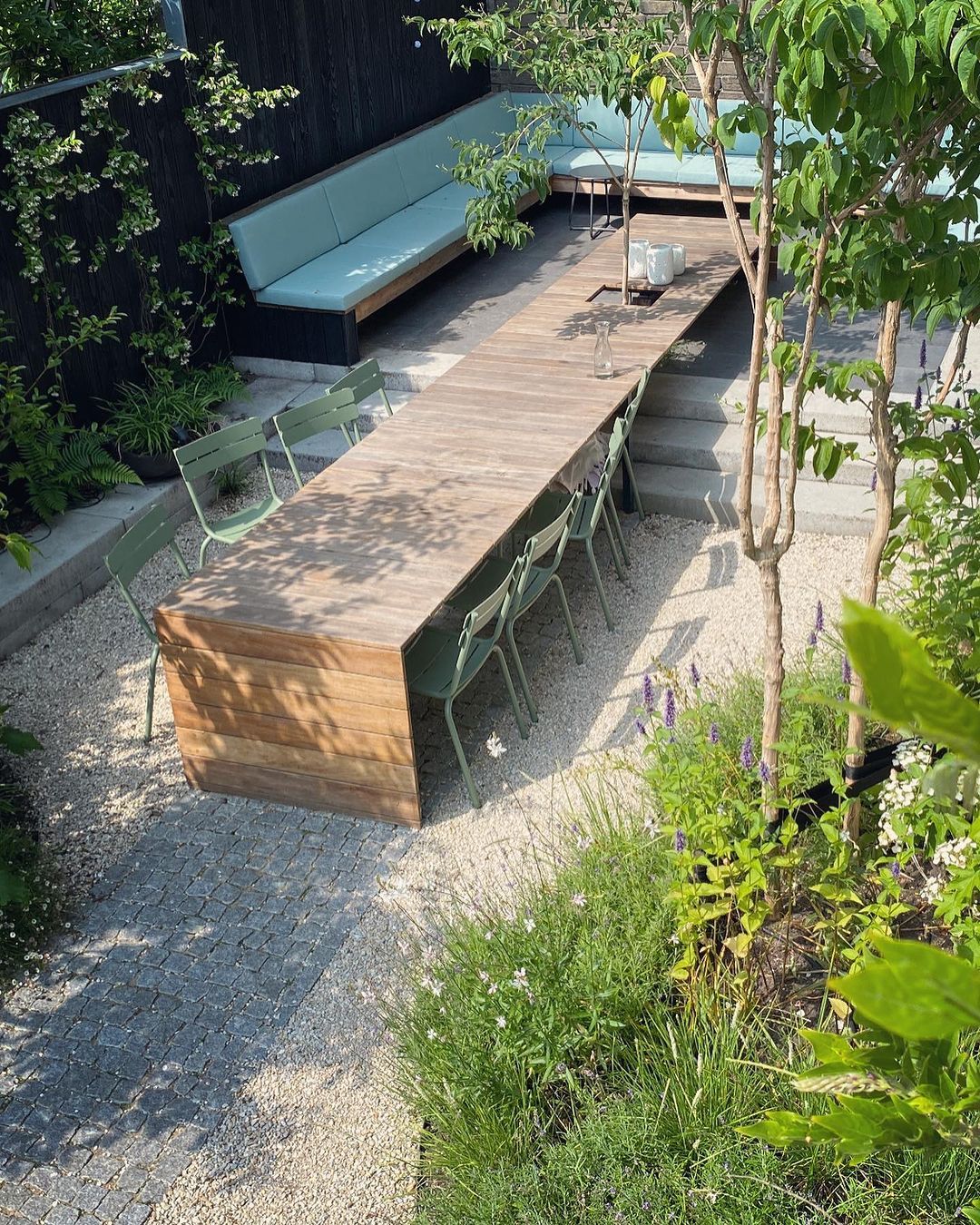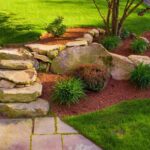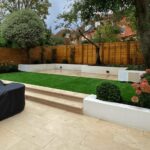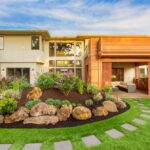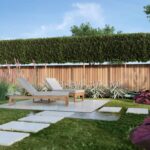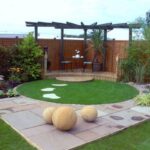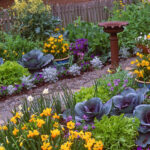Garden landscaping is a popular way to enhance the beauty and functionality of outdoor spaces. Whether you have a small backyard or a sprawling estate, landscaping can transform your garden into a tranquil oasis. There are endless possibilities when it comes to designing your garden, from adding a variety of plants and flowers to installing hardscaping elements like patios, pathways, and water features.
One of the key principles of garden landscaping is to create a cohesive design that complements the existing architecture of your home. This means taking into consideration factors such as the style of your house, the layout of your garden, and the overall aesthetic you want to achieve. By carefully planning and designing your garden, you can create a space that feels like an extension of your home and reflects your personal style.
Incorporating a variety of plants and flowers is essential in creating a vibrant and visually appealing garden. Different colors, textures, and heights can add interest and depth to your garden, while also attracting beneficial pollinators like bees and butterflies. When planning your garden landscaping, be sure to consider the needs of the plants you choose, such as sunlight, soil type, and water requirements, to ensure they thrive in their new environment.
Hardscaping elements like patios, pathways, and retaining walls can also enhance the functionality and aesthetics of your garden. Patios provide an outdoor living space for relaxing and entertaining, while pathways can guide visitors through your garden and create focal points. Retaining walls can help define different areas of your garden and provide structural support for plants and flowers. By incorporating these hardscaping elements into your landscaping design, you can create a visually stunning and functional outdoor space.
Water features like fountains, ponds, and waterfalls can add a sense of tranquility and serenity to your garden. The sound of running water can help mask unwanted noise from the surrounding environment, creating a peaceful atmosphere for relaxation and contemplation. Water features also attract wildlife like birds and frogs, adding another layer of interest to your garden. Whether you choose a small fountain or a larger pond, incorporating water elements into your garden landscaping can elevate the overall design and create a sense of harmony with nature.
Finally, maintaining your garden landscaping is crucial to keeping it looking its best year-round. Regular pruning, weeding, and mulching can help keep plants healthy and vibrant, while also preventing overgrowth and ensuring optimal growth. Additionally, keeping pathways clear and hardscaping elements clean and well-maintained can enhance the overall appearance of your garden. By investing time and effort into caring for your garden, you can enjoy the beauty and benefits of your landscaping for years to come.
